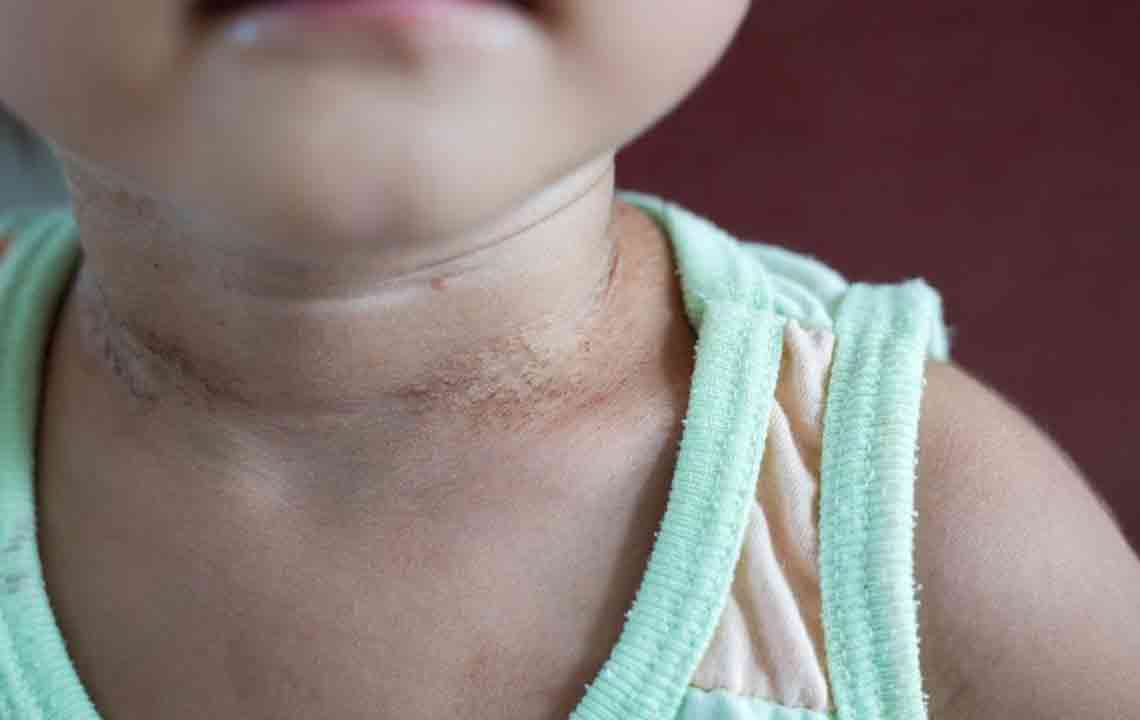Understanding Lupus: Causes, Symptoms, and Management
Lupus is a complex autoimmune disease characterized by its unpredictable symptoms like fatigue, skin rashes, and hair loss. Early diagnosis is vital for effective management, as lupus can affect internal organs and lead to serious complications. Although incurable, medical advancements help control symptoms, enabling patients to lead active lives. Recognize the common signs such as butterfly-shaped facial rash, persistent fatigue, low-grade fevers, and hair loss for timely treatment. Consulting healthcare professionals is essential for proper diagnosis and care to improve quality of life for those affected.

Understanding Lupus: Causes, Symptoms, and Management
Lupus is an autoimmune disorder where the immune system mistakenly attacks the body's own tissues, producing specific proteins called antibodies. Normally, the immune system defends against harmful invaders, but in lupus, it cannot distinguish between foreign entities and healthy cells. As a result, it causes inflammation and tissue damage. Although autoimmune diseases currently have no cure, medical progress allows patients to control symptoms and maintain a healthy, active lifestyle. Left unchecked, a faulty immune response can also promote cancer growth due to persistent cell damage.
Lupus manifests differently in each person. Some experience mild symptoms, while others face severe complications. The disease typically exhibits flare-ups and periods of remission, often beginning in late teens or early adulthood. Women account for about 90% of cases. Early signs are often subtle and can resemble common illnesses, making early diagnosis important. Initial symptoms include persistent fatigue, which can be alleviated with rest, though excessive sleep may disrupt nighttime sleep. Maintaining an active lifestyle can boost energy, but it is challenging to achieve. Seek medical advice if extreme fatigue occurs.
Another hallmark symptom is a low-grade intermittent fever ranging from 98.5°F to 101°F, with no apparent cause. Such fevers warrant medical consultation. Skin rashes resembling a butterfly spread across the bridge of the nose and cheeks are typical, often triggered or worsened by sunlight exposure. About half of lupus patients develop this rash. Non-itchy skin eruptions elsewhere are also common, and many individuals are sensitive to light, both natural and artificial.
Hair thinning or loss can be an early sign, affecting eyebrows, lashes, beard, and body hair. While hair often regrows with treatment, severe lesions may prevent regrowth. Lupus can also target internal organs, leading to potentially serious health issues.
Note:
The information shared on our platform covers various health topics for informational purposes. While our research aims to provide accurate insights, it should not replace professional medical advice. We do not assume responsibility for discrepancies or inaccuracies, and readers are encouraged to consult healthcare professionals for diagnosis and treatment options. Be aware that some schemes or offers may differ from those discussed here.










